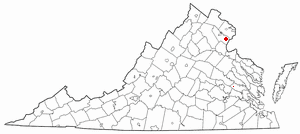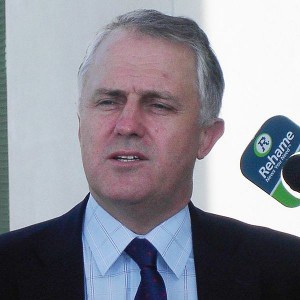 Stop the Cap! reader Danielle spent last Monday night screaming at Comcast when she discovered the vast majority of cable channels she was paying for disappeared off the Dale City, Va. cable system after what she says was “no warning.”
Stop the Cap! reader Danielle spent last Monday night screaming at Comcast when she discovered the vast majority of cable channels she was paying for disappeared off the Dale City, Va. cable system after what she says was “no warning.”
“All I wanted to do was sit down and watch some television, and almost all of my channels were gone, replaced either with snowy nothing or a message telling me I had to upgrade to a set top box to receive the channel,” she writes. “It was like Comcast conquered the world and took over almost every station.”
Danielle was left with just over a dozen channels, mostly local stations and channels dedicated to public access and her local government.
“Nobody told me they were doing this,” Danielle claims. “The Comcast lady kept telling me it was on my bill but I don’t get a bill from them in the mail, so how should I know?”
The Comcast system in question, along with many others, has begun the progression to digital to conserve channel space, offer more services and networks, and increase broadband speed for customers. But when Comcast converted so many channels to a digital platform all at once, it created the potential for chaos and confusion among subscribers.
The News & Messenger newspaper heard from their readers last Monday, and quickly noticed the dramatic change in Comcast’s lineup themselves in the newspaper break room. Just 17 channels remained untouched after the digital conversion, but Comcast spokeswoman Alisha Martin made it clear customers shouldn’t get too comfortable watching them either. Those 17 channels are scheduled to be switched to digital as well at a future undetermined date.
News & Messenger reader Stephanie Crenshaw, also in Dale City, was shocked to find her favorite stations gone, and she is an example of a subscriber that may be left in limbo by Comcast’s digital upgrade program.

Dale City, Va.
Comcast is offering impacted subscribers in Prince William, Manassas and Manassas Park digital converters and set top boxes at no additional charge, at least for now, to help customers adjust to the changes.
But Crenshaw isn’t a Comcast subscriber — her homeowner’s association is, providing Comcast Cable to every home in the development, included in the homeowner association fee. So far, Crenshaw cannot obtain the free equipment because she technically isn’t a recognized customer, and the homeowner’s association has yet to provide access either.
 Our reader Danielle was in better shape after Comcast calmed her down. Her level of service allowed her to get one digital set-top box and two digital adapters for free. She now uses the set top box in her living room and the two digital-to-analog adapters on her televisions in the bedroom and kitchen. But she wonders how long “free” will remain “free.”
Our reader Danielle was in better shape after Comcast calmed her down. Her level of service allowed her to get one digital set-top box and two digital adapters for free. She now uses the set top box in her living room and the two digital-to-analog adapters on her televisions in the bedroom and kitchen. But she wonders how long “free” will remain “free.”
“There is no guarantee I can find that says they cannot turn around and charge us for these later on,” Danielle complains. “It also messes up my VCR — an excuse for Comcast to try and upgrade me to a set top DVR box I don’t want to spend that much on.”
“What really irritates me is the only mailings I get from Comcast lately are about their new electronic guide they are launching today — a guide I couldn’t get until I got their box, and one I don’t think I am ever going to use,” she says. “That and those cards trying to get me to cut over my phone line to them. If the phone company treated me like Comcast, they would have turned off dial phone service on me and told me I had to buy a new push-button phone.”
[flv width=”640″ height=”380″]http://www.phillipdampier.com/video/Residents peeved as Comcast removes scores of channels 6-21-11.flv[/flv]
A reporter at the News & Messenger flips through channels on the television in the newspaper’s break room and discovers there is very little left to see. (1 minute)
 Tuesday’s rush hour in South Florida featured a lot fewer commuters talking on their AT&T cell phones while driving. The reason? They couldn’t.
Tuesday’s rush hour in South Florida featured a lot fewer commuters talking on their AT&T cell phones while driving. The reason? They couldn’t.

 Subscribe
Subscribe







